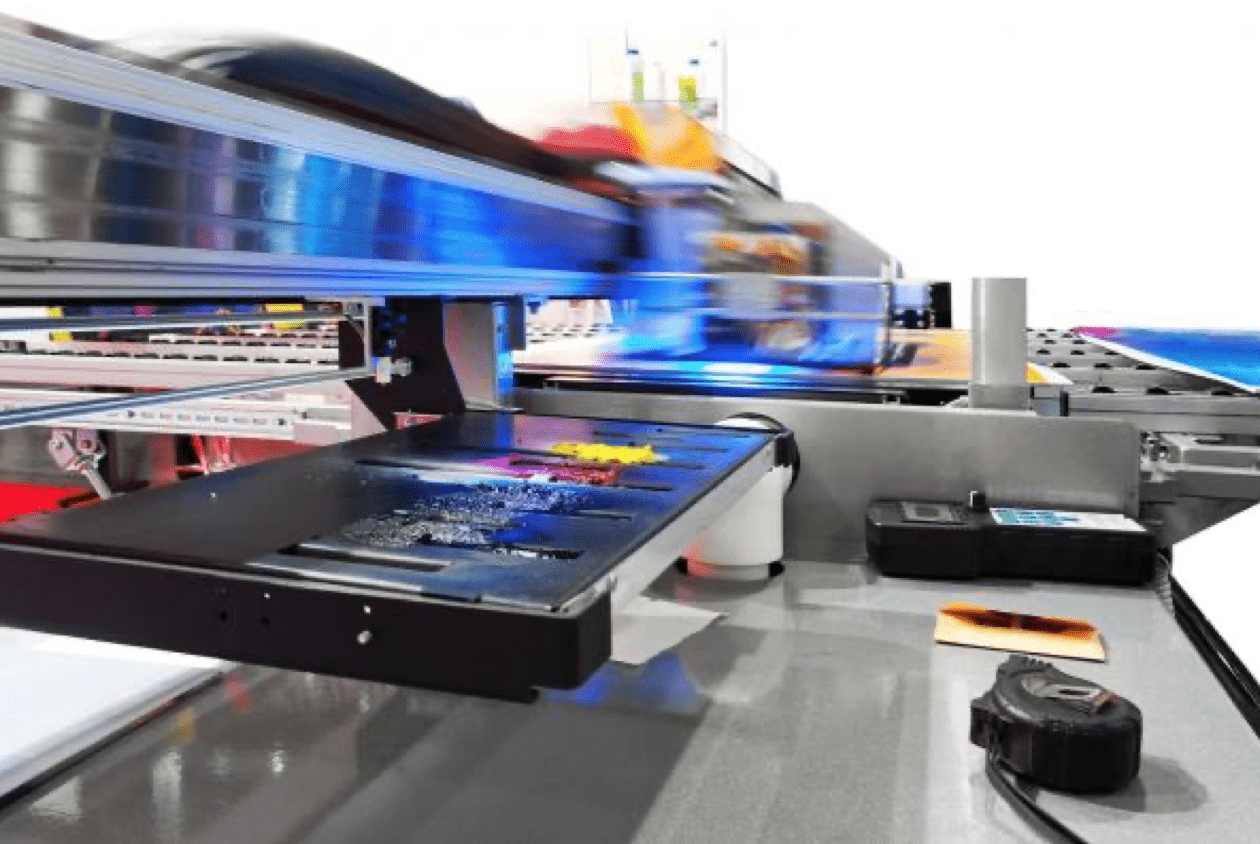Nanoceramics are ceramic nanoparticles that were first discovered in the 80s. Materials that are made from ultra-fine particles are also called nanoceramics, with applications that range from the field of medicine to the automotive industry.
The particles that make up nanoceramics are only 100nm, or nanometers in diameter and are non-metallic, heat resistant and inorganic matter. Nitrides, borides, carbides and metal oxides are considered by many experts to be the most valuable among ceramic systems as they have very few flaws and are useful in many regards.
Nanoceramics also have their own magnetic, mechanical, physical and chemical properties, which are markedly different from plastics, metal and other ceramic compounds. Moreover, it has exceptional surface characteristics, e.g., toughness, strength, bioactivity, machineability and superplasticity.
Uses of Nanoceramics
Automotive
Nanoceramics appear in the automotive industry as ceramic coating. There are many benefits to gain from this type of coating. It can reduce friction and stand up to light scratches, dust and foreign materials such as bird droppings, dead insects and more.
For those who treat their cars with utmost care, getting high quality coating can provide peace of mind knowing that the paint and body won’t easily get damaged in accidents and inopportune events.
Medical Technology
In the future we may see nanoceramics being used as effective replacement for damaged bones. This is because nanoceramics have similar properties as with bone, and can be structured to become a ‘scaffold’ to help with regrowth.
Research regarding nanoceramics is promising and continues to get better. Bioactive material can transform into what the body needs to regain motion or function.
Military
Nanoceramics are alternative material in body armor and offer greater protection versus high velocity ammunition and blunt force trauma. When turned into plates and inserted in woven fiber, nanoceramic can absorb the impact of a bullet and dissipate the energy via localized shattering.


